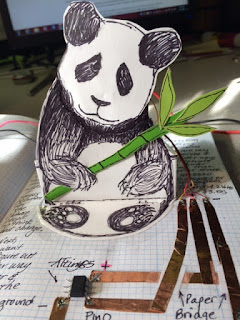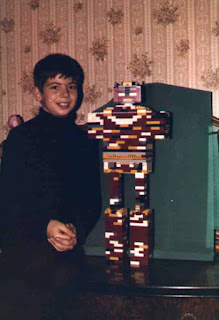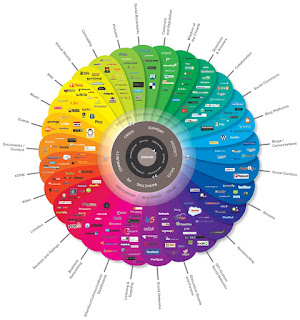I have 2 plans I want to implement this year:
- Integrate paper circuitry activity in my Italian language online course.
One of my favorite coded #papercircuits today with @nfuerst2 @DMCole_ @AKTEACH_Program @chibitronics #aktvlc pic.twitter.com/1FOSGeegul— Jeannine Huffman (@HuffmanJeannine) June 8, 2016
For these storytelling with paper circuitry I want them to use a blog for sharing their work and give them the opportunity to have an exposure and interact among them commenting and providing critical feedback.
The idea is to integrate Italian scientific vocabulary in the course and build up from there the use of tools that correspond to the language learned. The integration of paper circuitry will also allow the creative expression enhancing student creative writing and storytelling.
My plan is to have students create a monthly story with paper circuitry.
- Develop an high school level 1 semester course on Paper Circuitry & Arduino coding.
I would like to use this coming year for defining this course so that we could offer it to students next school year.
I believe that this course will be a valuable resource for our students for approaching coding in a fun way. At this time my school district does not offer any coding courses, however they recognize the important of this need for our students. My goal is to offer this course statewide so that all our students will have equal opportunity to accessing this resource and develop important skills for becoming 21st century global citizens.




